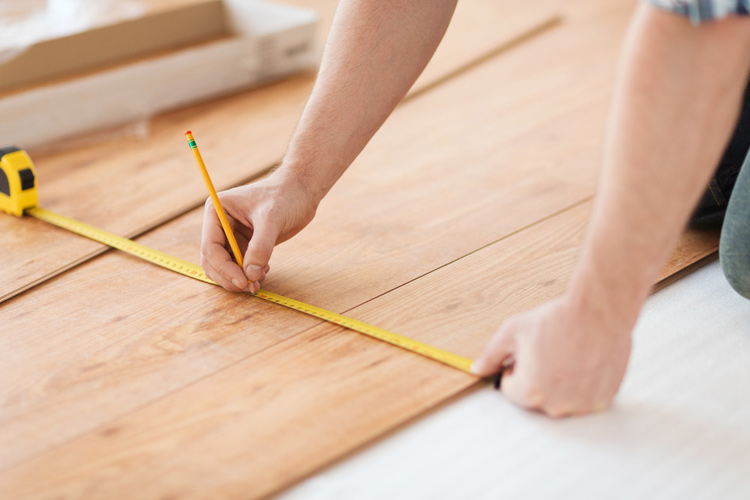
- By w2cadmin
- In Design, Flooring, Renovation, Tiling
Choosing the Right Flooring: A Guide to Making the Best Decision for Your Home
Flooring is a crucial element of any home, as it impacts both the aesthetics and functionality of your living space. With a plethora of options available, deciding on the right flooring can be overwhelming. This guide aims to simplify the process, helping you make an informed decision that suits your lifestyle, budget, and design preferences.
1. Consider Lifestyle Needs: Your lifestyle should be the primary consideration in choosing flooring. Have pets, children, or high-traffic areas? Look for durable options like laminate, vinyl, or hardwood. For quieter spaces, carpet might be more suitable. Consider the room’s use – moisture-resistant flooring like tile or vinyl is ideal for bathrooms and kitchens.
2. Think About Maintenance: Different flooring types require varying levels of maintenance. Hardwood floors need refinishing but can last decades. Laminate and vinyl are low-maintenance and easy to clean. Carpets require regular vacuuming and are more prone to stains. Choose a flooring type that fits with your willingness and ability to maintain it.
3. Budget Considerations: Flooring can vary significantly in cost. Set a realistic budget and explore options within that range. Remember to factor in not just the cost of the materials but also installation, underlayment, and any additional treatments or finishes.
4. Evaluate Environmental Impact: For the environmentally conscious, consider eco-friendly flooring options. Bamboo and cork are sustainable choices. Recycled materials are also available in various flooring products. Look for certifications like the Forest Stewardship Council (FSC) label for hardwood.
5. Assess Comfort and Insulation: Comfort underfoot is an important aspect. Carpets offer warmth and cushioning, ideal for bedrooms. Hard surfaces can be colder but are often preferred in warmer climates or can be paired with radiant floor heating systems.
6. Aesthetic and Design Preferences: Your personal style should guide your choice. Hardwood offers a timeless look, while tiles can come in various designs and colors. Laminate and vinyl offer versatility with numerous patterns and styles that mimic more expensive materials.
7. Longevity and Resale Value: Consider how long you plan to stay in your home. Durable materials like hardwood can increase home value, while more cost-effective options like vinyl or laminate might be more practical for short-term living situations.
8. Health and Allergy Considerations: If allergies are a concern, consider flooring that doesn’t harbor allergens like dust and pollen. Hard surfaces are generally better for indoor air quality than carpet.
9. Explore Samples in Your Home: Before making a decision, bring home samples to see how different flooring looks in your space and under your lighting. This step can help you visualize the final look and feel more confident in your choice.
10. Professional Consultation: Finally, consult with a flooring professional. They can provide valuable insights, help with measurements, and offer advice on the best materials and installation methods for your specific situation.
Selecting the right flooring involves balancing practicality, aesthetics, and budget. By considering these factors, you can choose flooring that not only enhances the beauty of your home but also supports your daily life comfortably and efficiently.
Disclaimer: This blog post is designed to guide you in choosing flooring and does not substitute for professional advice specific to your individual needs and home conditions.



